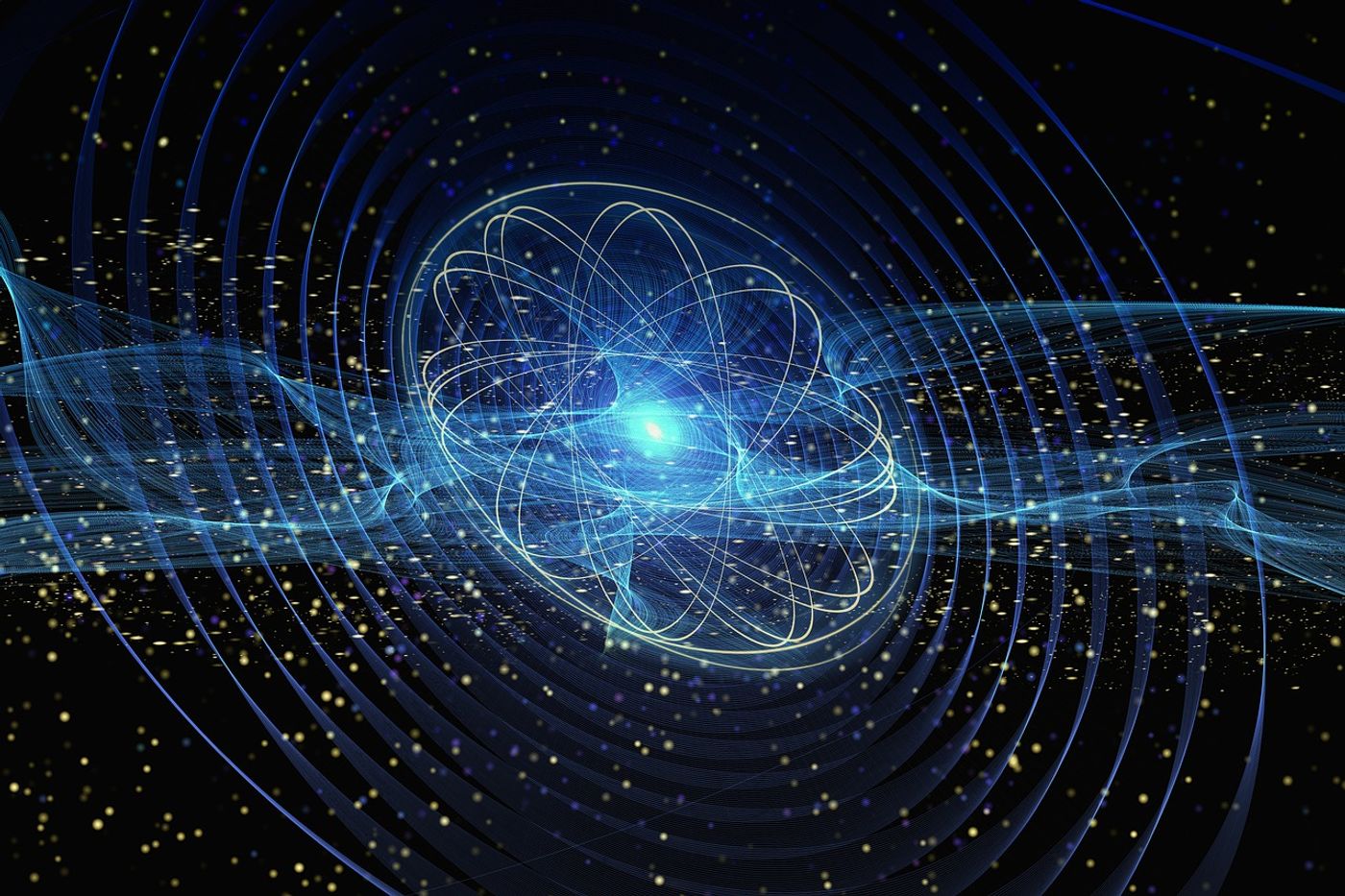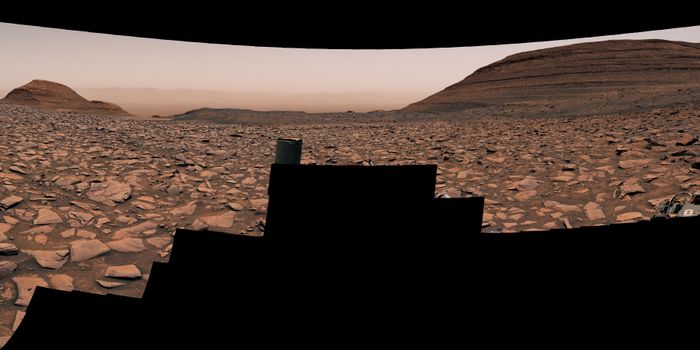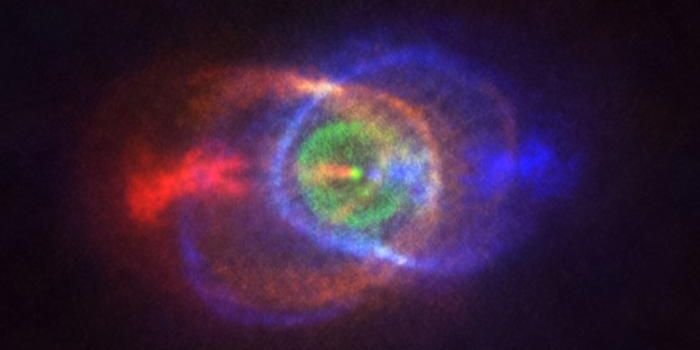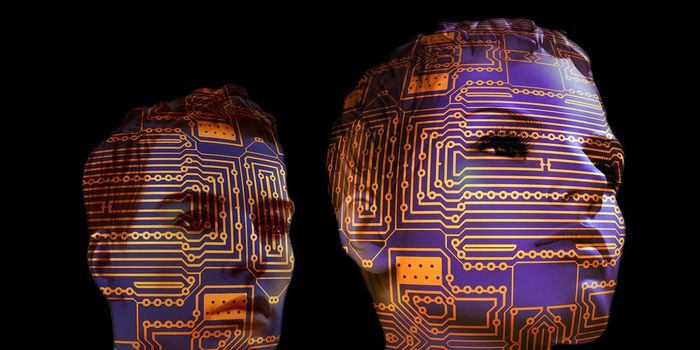Researchers Create and Experiment with Quantum Mechanical Entanglement
In a recent study published in Science, an international team of researchers led by the University of Copenhagen have made a breakthrough in the field of quantum physics where two quantum light sources can now be controlled, as only one has been able to be controlled up until now. This allows scientists to develop a phenomenon in quantum physics known as quantum mechanical entanglement. This study holds the potential for companies and other entities to further develop this technology for commercial use.
"We can now control two quantum light sources and connect them to each other. It might not sound like much, but it's a major advancement and builds upon the past 20 years of work. By doing so, we've revealed the key to scaling up the technology, which is crucial for the most ground-breaking of quantum hardware applications," Dr. Peter Lodahl, who is a professor at the University of Copenhagen, and a co-author on the study, said in a statement.
Dr. Lodahl has been carrying out research in this area since 2001, but his research group has only been able to control one light source at a time until now, but used a nanochip, which is no bigger than the diameter of a human hair, to make this magnificent breakthrough. The reason why light sources were so hard to replicate was due to outside “noise”, to which they are extremely sensitive.
"Entanglement means that by controlling one light source, you immediately affect the other. This makes it possible to create a whole network of entangled quantum light sources, all of which interact with one another, and which you can get to perform quantum bit operations in the same way as bits in a regular computer, only much more powerfully," Dr. Alexey Tiranov, who is a postdoc at the University of Copenhagen, and lead author of the study, said in a statement.
This breakthrough establishes a foundation for quantum physics to be used in a wide range of technologies, to include the internet, computers, and encryption.
Sources: Science, University of Copenhagen
As always, keep doing science & keep looking up!









